Black nightshade, Solanum nigrum, is a herbaceous plant in the Solanaceae family. It is an extremely common "weed" of roadsides, in wasteland and in corn fields. The plant reaches a maximum height of about 60 cm.Flowering lasts from June to November, with small white flowers. Fruiting takes place in the fall with spherical greenish yellow berries that turn black when ripe. The leaves are alternate, simple with toothed edges. This plant is often resistant to herbicides used in forage corn crops.
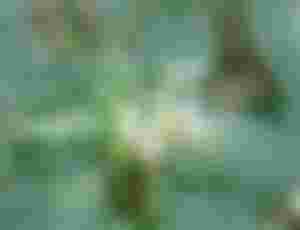
The Western Animal and Environmental Poison Center receives about ten calls a year about black nightshade. The toxicity is highest in unripe fruits and the bark of the stems.
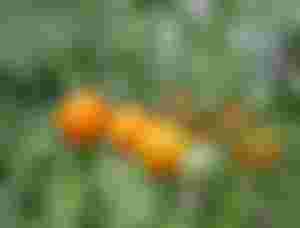
On the contrary, ripe fruits are harmless. This toxicity is explained by the presence of glucoalkaloids in particular solanine. The glucoalkaloid content, and therefore the toxicity, varies depending on the season and where the plant has grown.

The onset of symptoms usually occurs after prolonged ingestion over several days. The toxic doses are still poorly understood.

Regarding silage, two feet of black nightshade per m² is sufficient to cause poisoning in cattle. The clinical signs observed are digestive disorders which can be severe: the animal no longer eats, presents with diarrhea and abdominal pain. In severe cases, nervous disorders are added: sadness, fatigue, incoordination of movements ... as well as cardiac and respiratory acceleration.

There is no antidote, but general treatment can be implemented. Prevention consists of uprooting toxic plants before making silage. If you have been confronted with a problem of intoxication of your animal by black nightshade, you can declare the case to enrich the references of the Animal Antipoison Center.
Thank you for your contribution.
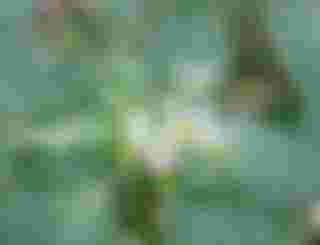
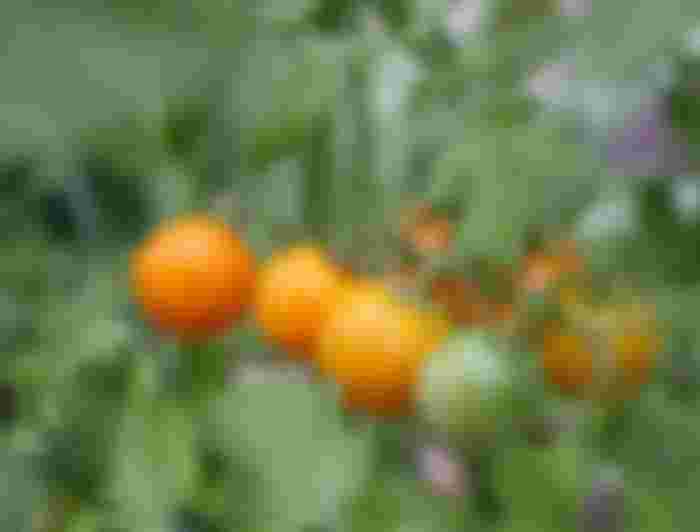

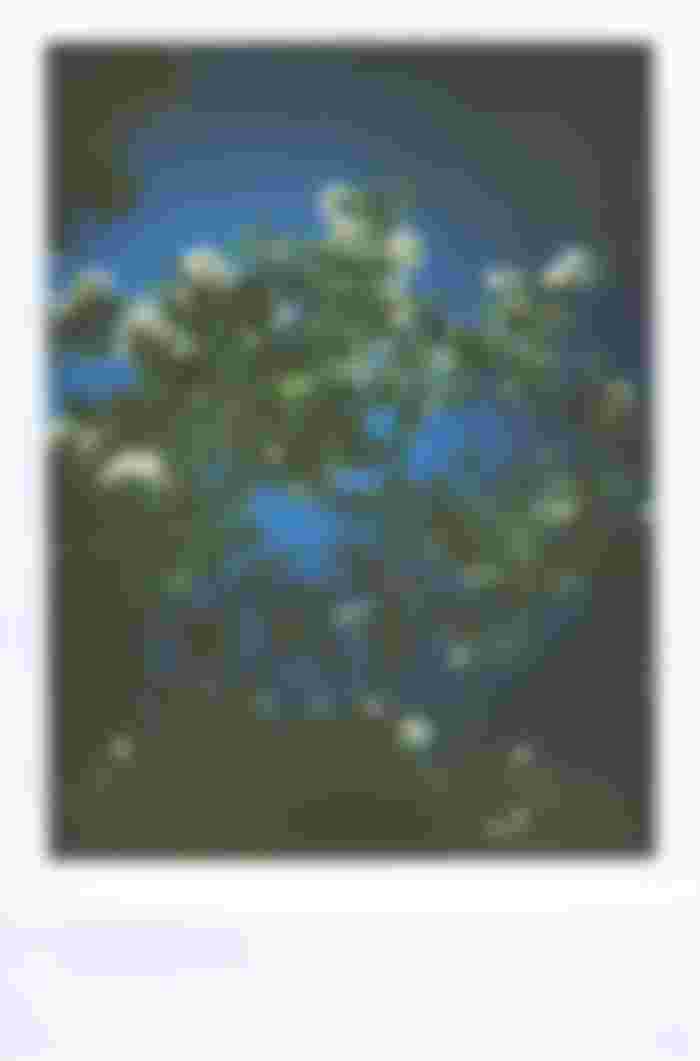

since Religion it self is nothing else but Love to God and Man. Love is indeed Heaven upon Earth